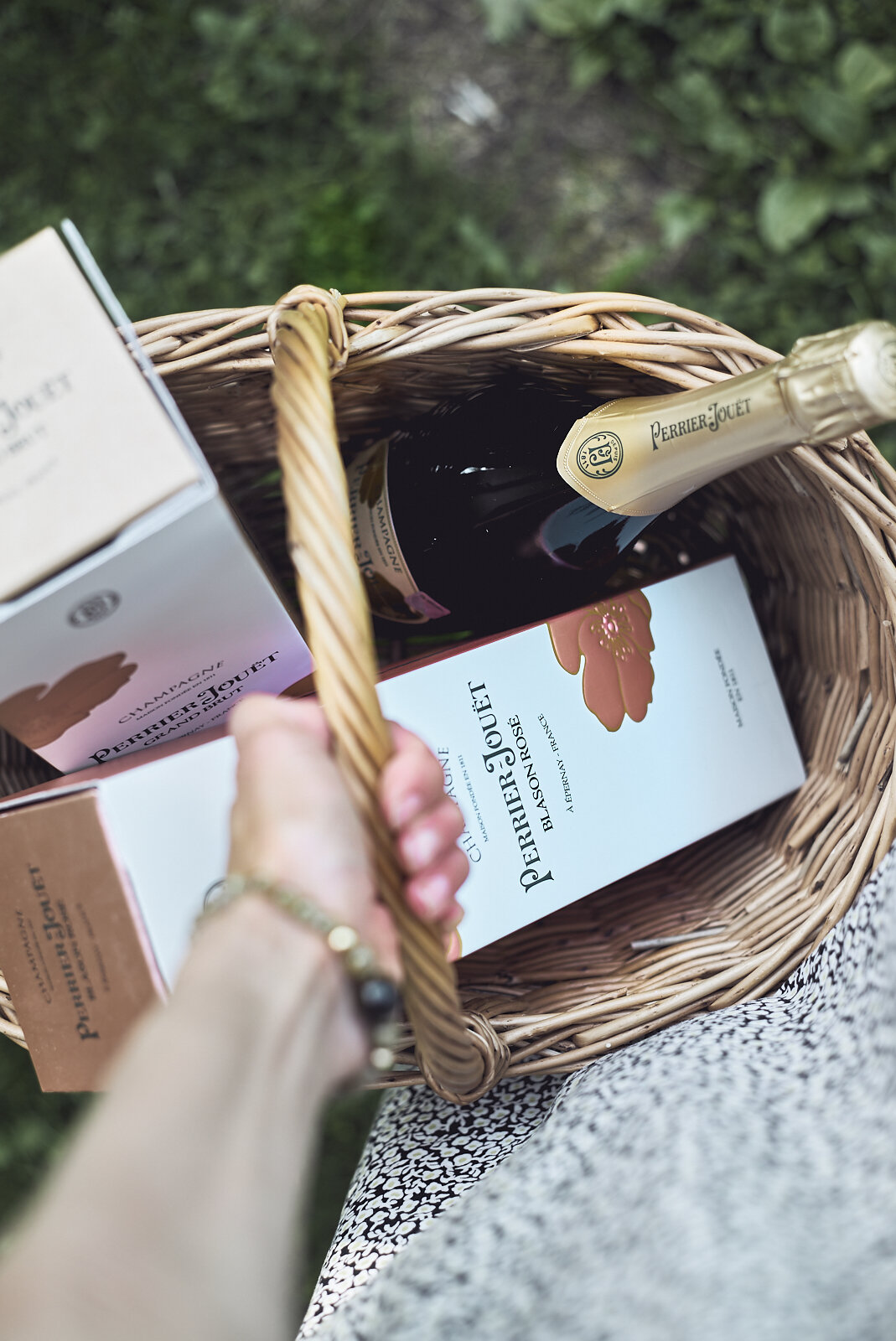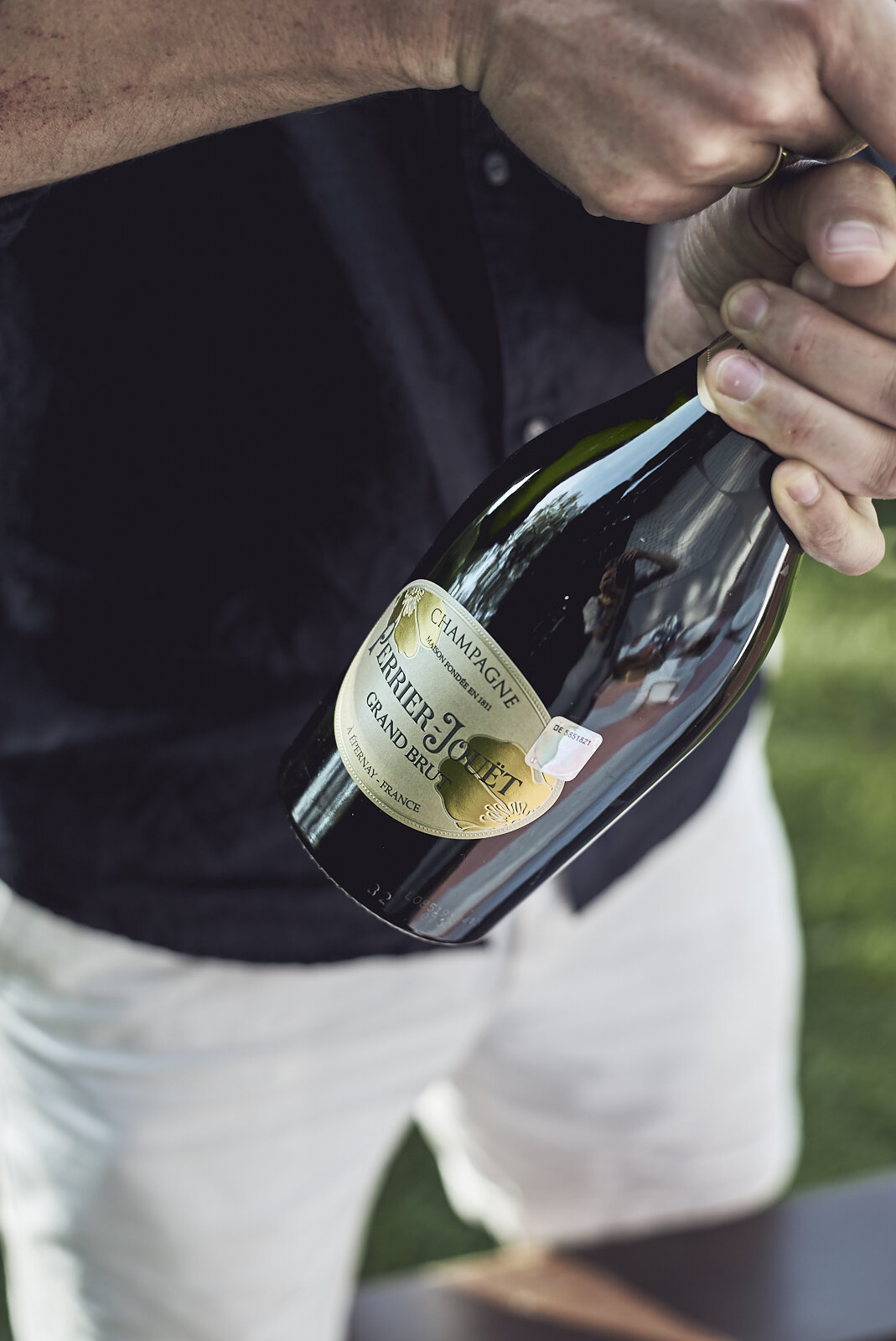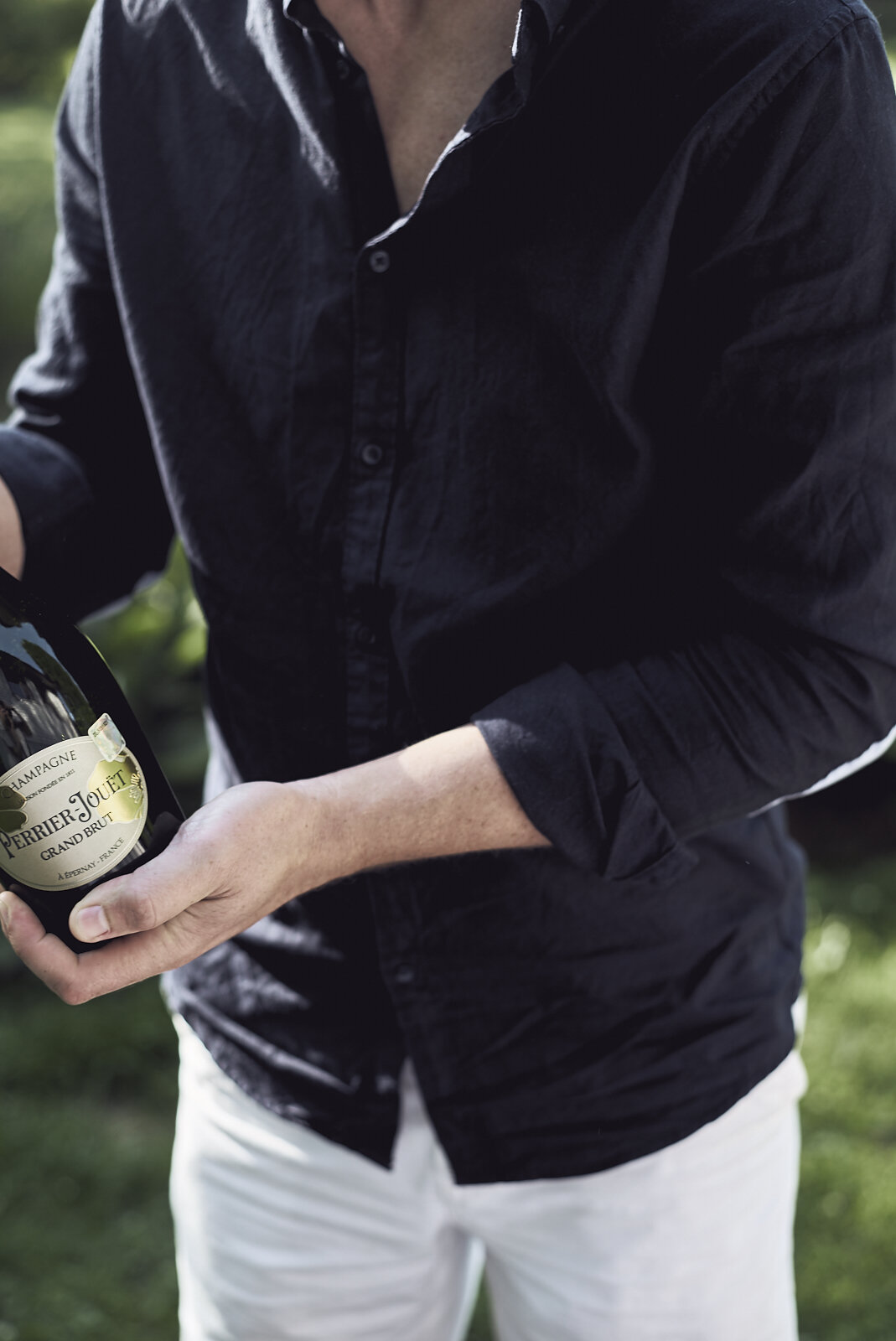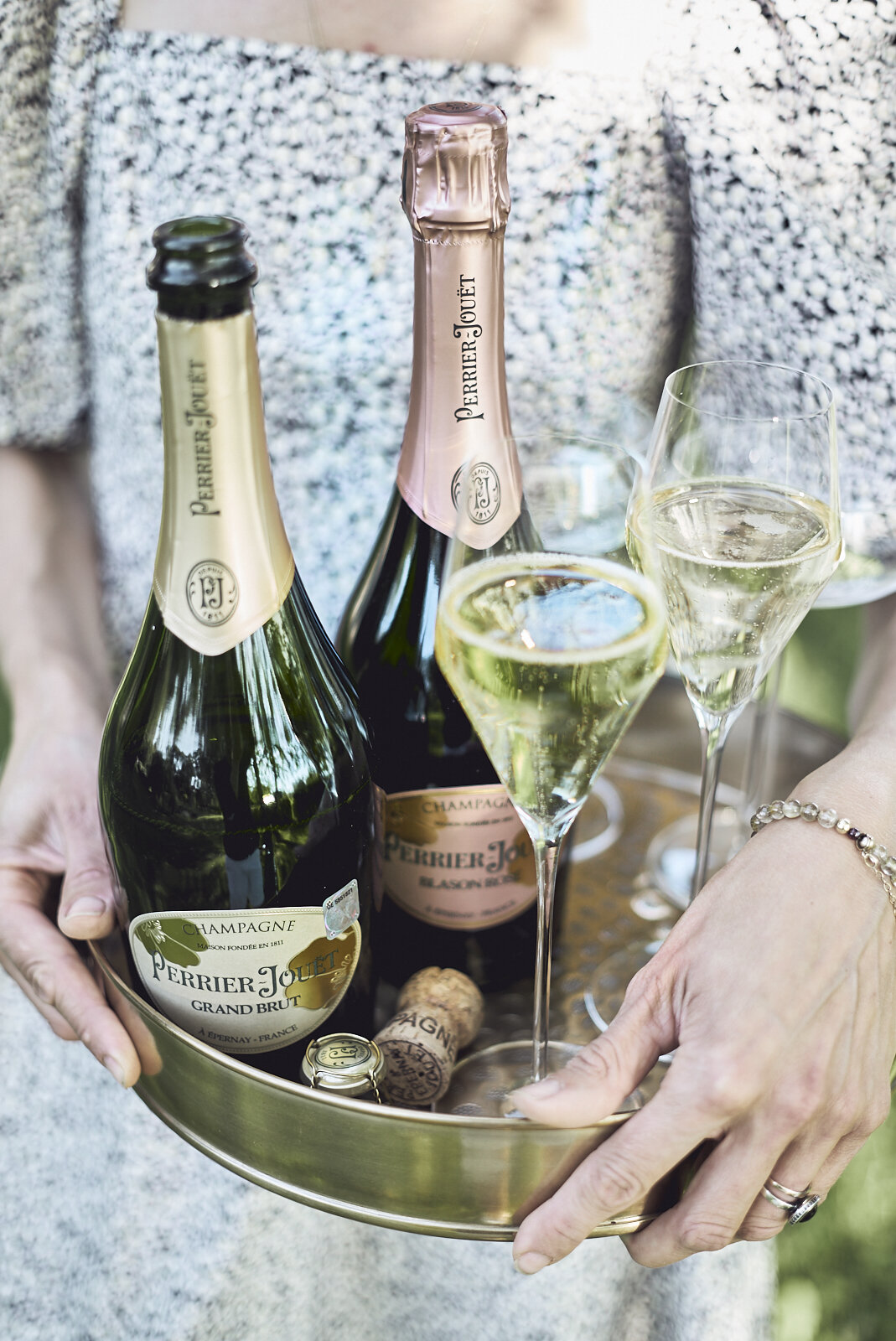Elegance. Perrier-Jouët
Napoleon III, Queen Victoria, the Prince of Monaco and the Rose ball – those are only a few of the people and events who have enjoyed the presence of Perrier-Jouët champagne. A drink that embodies everything – elegance and refinement with floral and fruity nuances, and, most importantly – the basics of champagne – excellence. I completely agree, for in my eyes, the Perrier-Jouët house is associated with elegance that you can find in every bottle, from Brut to Rosé.
The label, one adorned with anemones and the other with fine drawings of blossoms, is the first thing that comes to mind when I imagine aPerrier-Jouët bottle. Many years ago, I had the opportunity to work with this champagne, as well as others, but none have remained in my memory so vividly as Perrier-Jouët, with its sensuality, reminders of the early 20thcentury period of Belle Époque, and, most importantly, the tiny bubbles that let you enjoy the powerful, yet delicate aroma and unforgettable taste.
And then there is the house in which the combination of art and wine making unite. From the first days of Perrier-Jouët, it has been like a patron of the arts that has tried to support that which was unappreciated by others. Nothing has changed because art can be felt at every step, walking through the hidden cellars in which thousands of bottles reside, as well as sleeping in the 120 000 € Guimard bed or viewing the other works of art. It could be said that the marriage between art and champagne happened almost on the first day, when Art Nouveau took the world by storm and where one of the most famous Art Nouveau artists, Émile Gallé created the still-famous label with anemones in 1902. Today it is the symbol of the house, and there is reason to believe that it will always be, because in my opinion, a more beautiful bottle has never been seen.
It was way back when in 1811 when Pierre Nicolas Perriet met Rose-Adelaide Jouet and decided to make champagne, the drink that made so many people happy, regardless that it was sweeter than the sweetest syrup (it contained 150‒200 g of sugar to 1 liter in comparison to modern Brut champagne with 7‒10g/l). They founded a house, and were among the first to fight against imitators and for transparency. They were also the first to note on the label if a drink was vintage, but in bad harvest years, did not even produce it. One founder knew how to create the drink, but the other – how to market it. A match made in heaven. After some time, one of the sons took over the house and raised it to a new level, but it did not end there. The son’s cousin propelled the house to even greater heights.
ThePerrier-Jouët house is unique in that since 1812, it has had only seven head vintners. For some reason, when a new wine maker arrived and began work, they stayed to create examples of balanced elegance, aroma, and taste from the traditional base, Chardonnay grapes, along side the other two traditional grapes – Pinot Noir un Meunier. Non vintage is prepared from grapes grown in their own, as well as in other vineyards, and Belle Époque is a bit different and made from the best grapes grown in their own best fields.
Meeting the chief vintner Hervé Deschamps for the second time, it becomes clear why this champagne embodies so much, but particularly elegance. He speaks with such passion, and his smile and his appreciation clearly indicate the reasons for the longevity of the wine. He has been chief vintner since 1996, but had worked here many years before that, working shoulder to shoulder with the previous vintner. Nothing has changed – even in the seventh generation – because this generation, too, works with only one thought in mind: maintain the spirit of the founders.
Style
When preparing champagne, nothing is more important than the primary ingredient – the grape. It is precisely the location of the grapes that determines the flavour of the champagne, and only then does the vintner play a role. The Perrier-Jouët family have owned their vineyards since the 18thcentury, and in the early 20thcentury, they succeeded in acquiring vineyards in the famous and qualitative Bourons Leroy and Bourons du Midi regions.
The best spots – Cramant and Avize (Côte des Blancs), Mailly (Montagne de Reims), Aÿ and Dizy (Vallée de la Marne). These make the champagne so unique with a style that is unmistakable. Côte des Blancs grapes grow on the best hillside possible to be able to give the champagne its rich flavour and fruity aroma.
Silky, elegant, rounded, and yet creamy – such is Perrier-Jouët champagne. Chardonnay grapes are the base for these champagnes and create the house’s style. The grapes, of course, come from the famous Côte des Blancs region to ensure the best and so that we can enjoy the creaminess and heartiness, which so many champagne drinkers, including me, enjoy. I have drunk their champagnes and have also used them in cooking and presented them to others at dinners at home, on the holidays, and even in France, and there has never been a time when I doubted whether I liked them or not. I do. A lot. The style is quite different from other houses. The feeling is quite different from other houses. Peace, stability, elegance, charm, and the beauty of art. That is the basis for Perrier-Jouët champagne – one that will live on for a long time. At least I would like to think so.
Story and pictures: Signe Meirane
Camera: Sony Alpha 7s








